On November 21, 1673 in Celtic History
King james vii married mary of modena
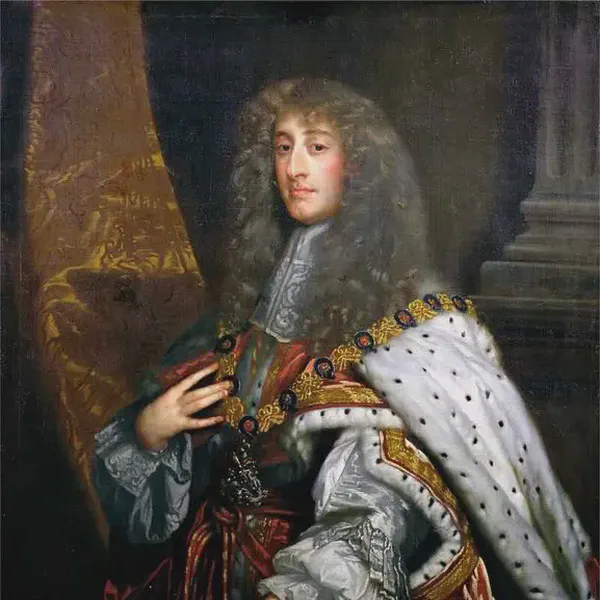
James VII and II (14 October 1633 O.S. – 16 September 1701) was King of England and Ireland as James II and King of Scotland as James VII from the death of his elder brother, Charles II, on 6 February 1685. He was deposed in the Glorious Revolution of 1688. He was the last Catholic monarch of England, Scotland and Ireland.
Mary of Modena (Italian: Maria Beatrice Eleonora Anna Margherita Isabella d’Este; 5 October [O.S. 25 September] 1658 – 7 May [O.S. 26 April] 1718) was Queen of England, Scotland and Ireland as the second wife of James II and VII. A devout Catholic, Mary married the widower James, who was then the younger brother and heir presumptive of Charles II
She was uninterested in politics and devoted to James and their children, two of whom survived to adulthood: the Jacobite claimant to the thrones, James Francis Edward, and Louisa Maria Teresa.
Conversion to Roman Catholicism and second marriage
James’s time in France had exposed him to the beliefs and ceremonies of the Roman Catholic Church, and both he and his wife Anne became drawn to that faith. James took Catholic Eucharist in 1668 or 1669, although his conversion was kept secret for almost a decade as he continued to attend Anglican services until 1676
Test Act in 1673
Growing fears of Roman Catholic influence at court led the English Parliament to introduce a new Test Act in 1673. Under this Act, all civil and military officials were required to take an oath (in which they were required to disavow the doctrine of transubstantiation and denounce certain practices of the Roman Church as superstitious and idolatrous) and to receive the Eucharist under the auspices of the Church of England. James refused to perform either action, instead choosing to relinquish the post of Lord High Admiral. His conversion to Roman Catholicism was thereby made public
King Charles II opposed James’s conversion, ordering that James’s daughters, Mary and Anne, be raised in the Church of England.
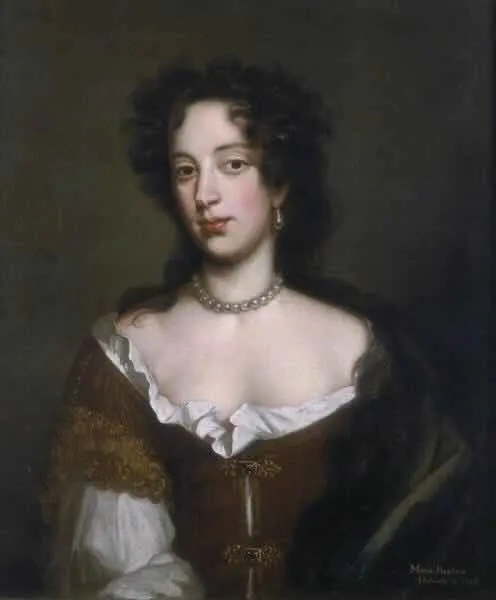
Marriage to Mary of Modena - 20 September 1673
Nevertheless, he allowed the widowed James to marry Mary of Modena, a fifteen-year-old Italian princess. James and Mary were married by proxy in a Roman Catholic ceremony on 20 September 1673.
On 21 November, Mary arrived in England and Nathaniel Crew, Bishop of Oxford, performed a brief Anglican service that did little more than recognise the marriage by proxy. Many British people, distrustful of Catholicism, regarded the new Duchess of York as an agent of the Papacy. James was noted for his deep devotion, once remarking, “If occasion were, I hope God would give me his grace to suffer death for the true Catholic religion as well as banishment.”
More From This Day
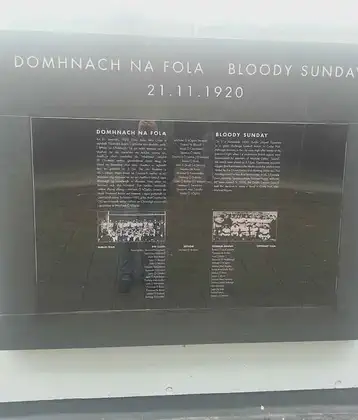
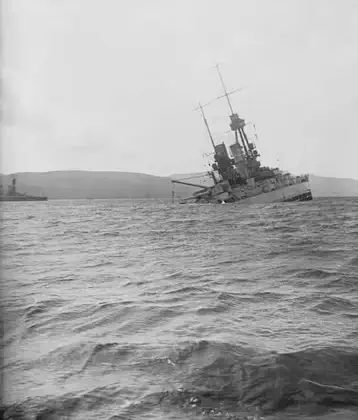
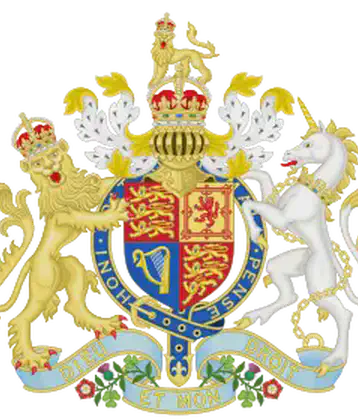

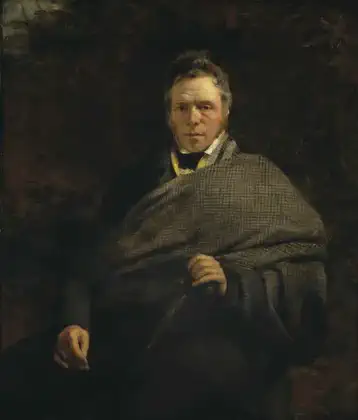
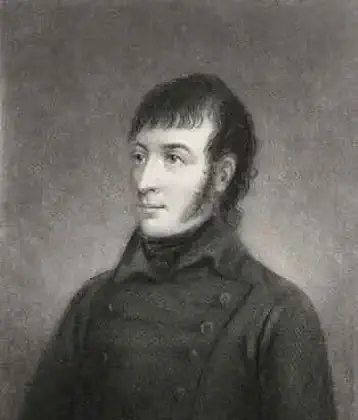


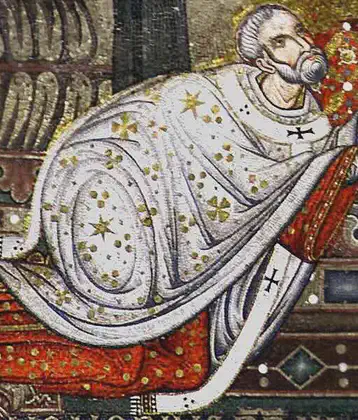
A Bull of Pope Honorius III affirmed the independence of the Catholic Church in Scotland
November 21, 1218